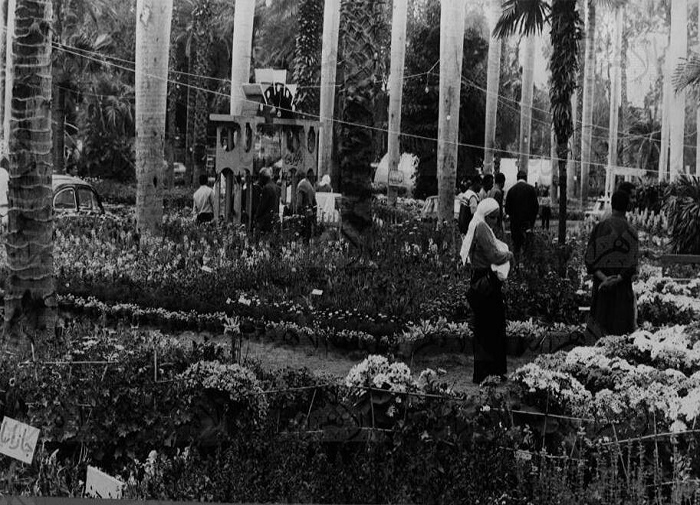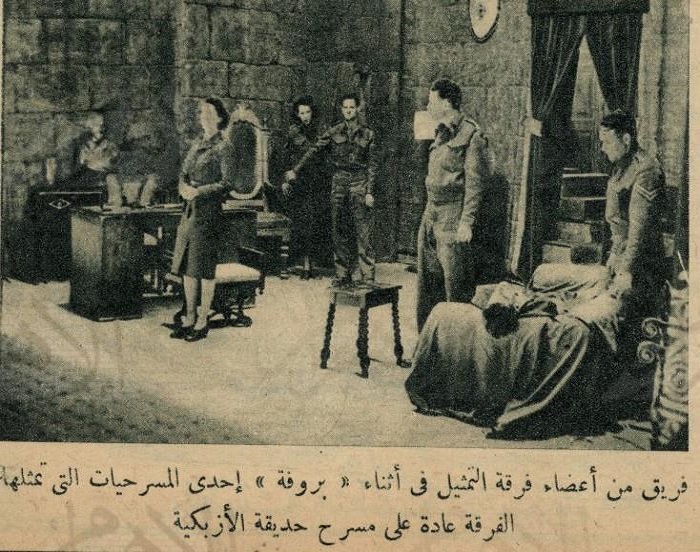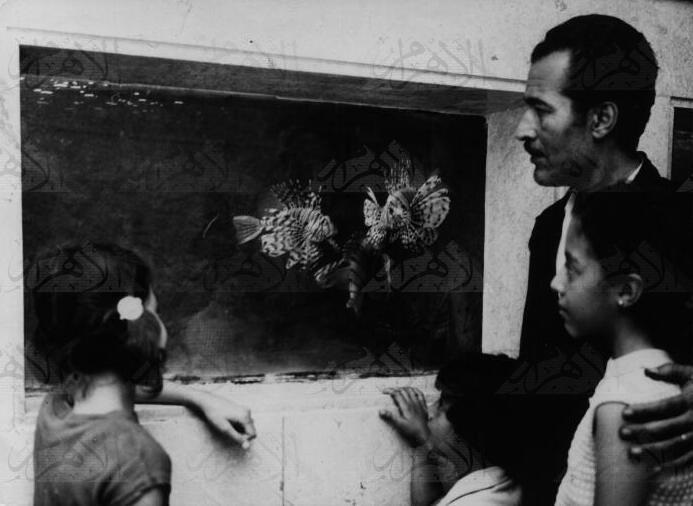It’s Sham El-Nessim time!
The ancient festival, the coloured eggs and the salted fish, are all enjoyed in Egypt’s most famous public gardens.
Originally pronounced Tshom Ni Sime, with tshom meaning gardens and ni sime meaning meadows, Sham El-Nessim marks the beginning of the spring festival, which is the time ancient people believed day and night are equal, (when the sun is in the Aries zodiac) hence marking the beginning of creation. They confirm the exact date annually by sighting the sun in relation to the great pyramid. Ancient Egyptians named it The Feast of Shmo (the revival of life) and have officially celebrated it since 2700BC.
At dawn Egyptians leave their homes to have a picnic with their families in meadows and gardens to enjoy the breeze. On this national holiday the traditional Sham El-Nessim meal consists of fish, onions and eggs.
It is a custom mentioned in the pharaoh’s famous Book of the Dead and in Akhenaton’s chants, “God is one, he created life from the inanimate and he created chicks from eggs.” Hence, the egg was a symbol of life for ancient Egyptians
Ancient Egyptians would boil eggs on Sham El-Nessim eve, decorate and colour them in various patterns, then write their wishes on these eggs, tuck them in baskets made of palm fronds and hang them on trees or the roof of their houses in the hope that the gods would answer their wishes by dawn.
Modern Egyptians follow in the footsteps of their ancestors. Families flock to public gardens to enjoy the beauty of nature.
Al-Orman public garden

Al-Orman garden

Al-Orman garden
Our first park is one of Cairo’s oldest gardens. Al-Orman public garden was created during the reign of Khedive Ismail in 1875. Located close to Cairo University and Giza Zoo, the park is said to hold over 600 different types of plants, of which 140 are among the rarest in the world. The park was the sight of numerous classic Egyptian films and is known for its annual Spring flower market that is held on its premises during April.
Al-Azbakkia garden

Al-Azbakia lake

Al-Azbakia theatre
Named after Prince Azbak, one of Qaytbay’s princes, it was first created as a private garden with a small lake. During the reign of Khedive Ismail, it was modernised and transferred into Cairo’s biggest art hub, where lots of plays were held and music concerts entertained the public twice a week. The garden’s fence was known for holding Cairo’s biggest book market, specialised in rare and second-hand books. In time, books took over the garden but sadly there are few relics left from the golden days of Al-Azbakkia, located in Ataba square, downtown Cairo.
The Aquarium Grotto Garden

Al-Asmak garden

Al-Asmak garden
Known among locals as The Fish Garden, this unique grotto shaped garden was built in Al-Gabalia district in Zamalek by Ismail Pasha in 1902. The garden has lots of shade and was famous for its rare fish collection that is sadly no longer on display. A few years, the local community turned the neglected garden into a seasonal handicraft market that promotes start ups and local artisans.
Al-Andalus public garden
In 1935, Al-Ahram newspaper published an article explaining the reasons behind establishing Al-Andalus public garden, arguing that “Cairo misses a nice shady public garden that can host tea parties and similar festivities affiliated with foreign guests. The idea is to break away from the small events corner in Al-Azbakkia garden or the even smaller corner at the Zoo… hence the Andalus Garden will serve as a perfect destination for those who enjoy peace and quiet, a vivid imagination and aim to meditate by the Nile.” And so Mahmoud Zulficar Beih, who was the head of the gardening department, picked this location between Qasr Al-Nil bridge and the outskirts of Zamalek Island to create a beautiful garden.
The garden had unique blue mosaics that resembled the Andalusi ones, hence the name, and also had a theatre that hosted dozens of successful concerts, for example by Abdel-Halim Hafez and Om Kalthoum
Compiled by Amira El-Noshokaty
Sources: National Folklore Archive
Al-Ahram Digital Archive project
Al-Ahram digital photo Archive
Happy Sham El-Nessim!
Short link: